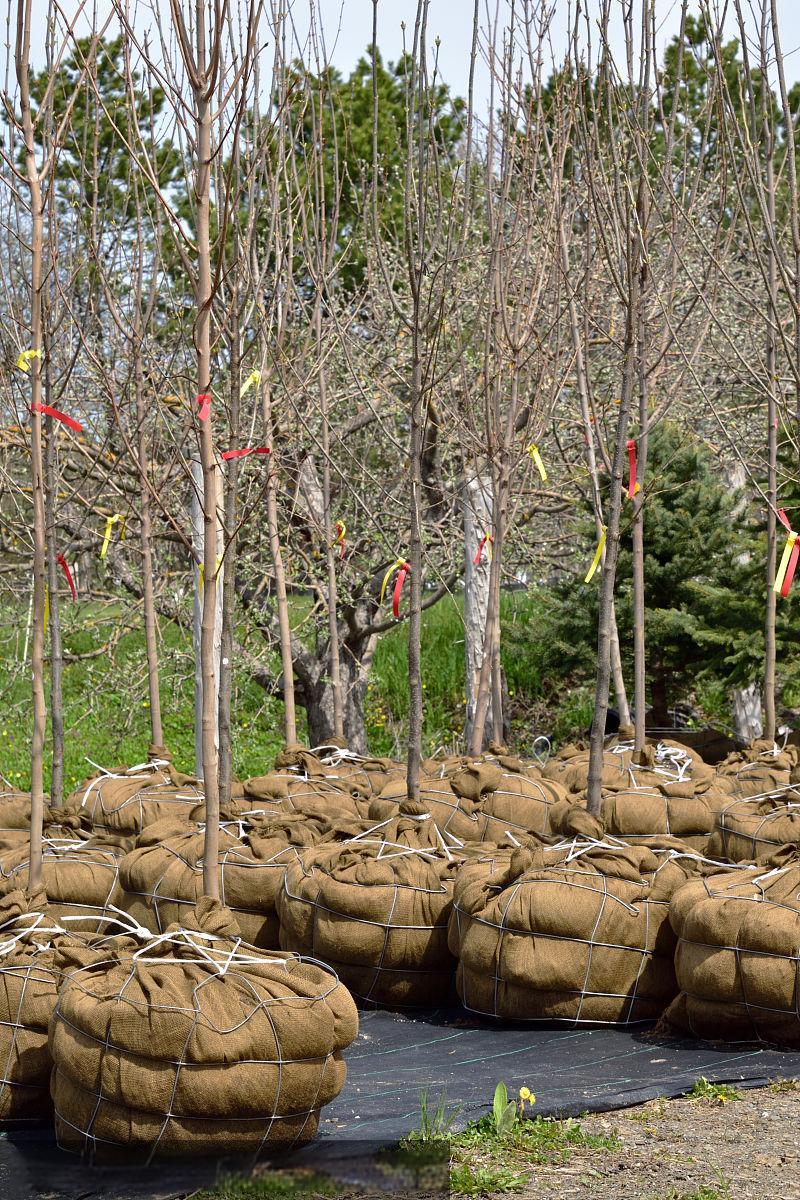- August 8, 2024
- Posted by: wellcoindustries
- Categories: Burlap, Erosion Control
Introduction
Winter can be a harsh season for your garden, with freezing temperatures, frost, and drying winds posing significant risks to your plants. Without proper protection, many plants can suffer from frostbite, dehydration, and even death. Fortunately, wrapping plants in burlap for winter is an effective way to shield them from the elements, ensuring they survive and thrive when spring arrives. In this guide, we’ll explore why burlap is a preferred material for winter plant protection and provide you with a step-by-step process to wrap your plants safely and effectively.

Understanding Winter Damage
As winter approaches, the risk of cold weather damage to your plants becomes a real concern. Frost, cold winds, and fluctuating temperatures can cause various types of damage, from leaf burn to complete plant death. Frostbite occurs when the water inside plant cells freezes, leading to cellular damage and necrosis. Dehydration is another common issue, as cold winds strip moisture from plants, leaving them dry and brittle. To prevent these issues, gardeners must take proactive steps to protect their plants from the winter elements.
Why Burlap?
Burlap is a versatile and eco-friendly material that provides excellent protection for plants during winter. Unlike plastic or synthetic materials, burlap is breathable, allowing air circulation while still insulating plants from harsh conditions. This natural fabric prevents excessive moisture buildup, reducing the risk of mold and mildew. Burlap is especially beneficial for protecting shrubs, young trees, and sensitive perennials that are susceptible to cold weather damage. By wrapping these plants in burlap, you create a barrier that shields them from wind, frost, and freezing temperatures, ensuring they remain healthy through the winter months.
Step-by-Step Guide: Wrapping Plants in Burlap
To wrap your plants in burlap effectively, you’ll need the right materials and a careful approach. Here’s a step-by-step guide:
- Gather Materials: You’ll need burlap fabric, garden twine or zip ties, and stakes (if necessary). Ensure the burlap is large enough to cover the entire plant.
- Prune the Plant: Before wrapping, prune any dead or damaged branches to reduce stress on the plant and make wrapping easier.
- Wrap the Plant: Starting at the base, gently wrap the burlap around the plant, working your way up. Overlap the fabric to ensure full coverage, but don’t wrap too tightly, as this can damage the plant.
- Secure the Burlap: Use garden twine or zip ties to secure the burlap in place. For larger plants or shrubs, you may need to use stakes to support the burlap and prevent it from collapsing in snow or wind.
- Monitor the Plant: Throughout the winter, check the burlap regularly to ensure it remains secure and adjust if necessary.
Common mistakes to avoid include wrapping the burlap too tightly, which can cause damage, and leaving gaps where cold air can penetrate.
Additional Winter Care Tips
In addition to wrapping plants in burlap, there are other practices you can implement to protect your garden during winter. Mulching around the base of plants helps retain moisture and provides additional insulation. Watering your plants before a freeze ensures they are well-hydrated, reducing the risk of dehydration. It’s also important to monitor your plants throughout the winter, checking for signs of damage and addressing any issues promptly. When spring arrives, remove the burlap gradually to allow plants to acclimate to the warmer temperatures.
Conclusion
Protecting your plants from winter damage is essential to maintaining a healthy and vibrant garden. Wrapping your plants in burlap is a simple yet effective method to insulate them from the cold and keep them safe until spring. By following the steps outlined in this guide, you can ensure your plants are well-protected and ready to flourish when the warmer weather returns. Start winterizing your garden today and give your plants the protection they need to thrive.
